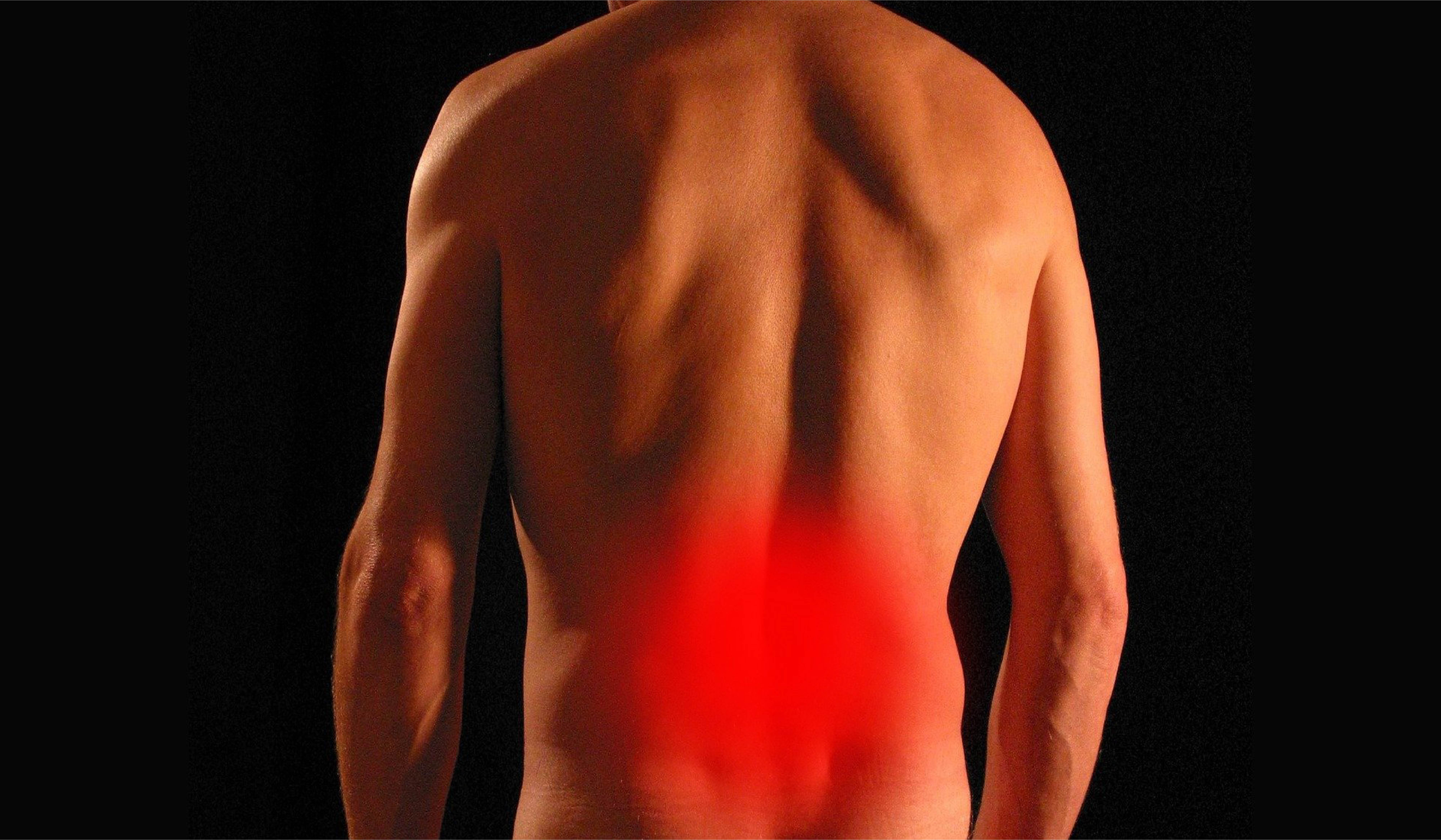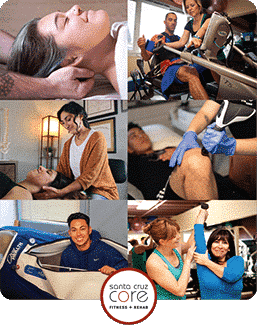EDS: 2 ways Prolotherapy and Corrective Exercise can Help
Flexibility is a trait that athletes, dancers, and the general public seek to achieve optimum functional movement. Stretching is one of the most popular flexibility exercises that individuals perform to expand their range of motion and improve their blood flow besides easing muscle fatigue and promoting overall well-being. While around one in 10 people has hypermobile joints, being flexible can become problematic if one experiences pain or sustain injuries when they overextend their joints.
Individuals may have joint hypermobility syndrome if they experience symptoms like poor balance or coordination, repeated joint dislocation, thin and stretchy skin, and quick onset of tiredness. In turn, joint hypermobility syndrome is a sign of a heritable connective tissue disorder known as Ehlers-Danlos syndrome (EDS).
To be diagnosed with EDS, one may have to undergo a series of tests, including imaging exams like X-rays and computerized tomography (CT) scans, to identify certain abnormalities like heart problems and curved bones. Doctors specializing in these diagnostic tests are radiologists that have completed their degrees in colleges with a radiology program.
Meanwhile, many medical practitioners specializing in EDS are looking to use prolotherapy injections as a safe option to address EDS pain from joint laxity or “loose joints.” How does prolotherapy work, and how can this treatment complement corrective exercise in bolstering the strength of EDS patients? Read on to discover the benefits of prolotherapy and corrective exercise for people with EDS.
How Does Prolotherapy Help With Ehlers-Danlos Syndrome?
Prolotherapy is one of several regenerative medicine treatments that tap into the body’s natural ability to heal or repair itself. These treatments involve delivering cells or cell products to injured tissues and organs so they can return to normal functioning.
EDS Defined
A defect in the person’s collagen, or the protein that makes connective tissues strong and flexible, results in EDS. The condition affects one’s bone, cartilage, fat, skin, and blood vessel walls. The syndrome got its name from the two dermatologists who described this condition, Danish Edvard Ehlers and French Henri-Alexandre Danlos.

What Is Prolotherapy?
Prolotherapy is a non-surgical technique that uses a formulation of dextrose (sugar), glycerin, and antioxidant-rich phenolic compounds to regenerate tissue, strengthen ligament structures, and relieve pain. Organizations such as the American Osteopathic Association of Prolotherapy Regenerative Medicine and the American Academy/Association of Orthopaedic Medicine support the study and standardization of prolotherapy.
How Does Prolotherapy Work?
Science has not yet found a cure for EDS. But treatments like prolotherapy can help manage its symptoms. The prolotherapist injects a small amount of the solution directly into the site where the ligaments or tendons ache. The formulation includes low-concentration dextrose, which can induce cells to produce fibroblast growth factor (FGF). FGF are cell-signaling proteins that can stimulate angiogenesis or the formation of new blood vessels and wound healing.
The solution also contains high-concentration dextrose-carrying phenolic substances. These substances inflame the injection site at a level low enough to induct the migration of immune cells and fibroblasts to the site. This induces a healing cascade to strengthen or repair the area.
Corrective Exercise and Prolotherapy for EDS
Corrective exercises can complement the benefits of prolotherapy. While individuals should avoid vigorous movement for a few days after the treatment, bed rest is unnecessary for recovery. After prolotherapy, patients should limit themselves to light activity for three to five days before resuming their regular workout regimen. Healing will allow new collagen to properly align with existing ligament tissues without unnecessarily sticking to nearby structures. Avoid heavy lifting as much as possible but to recover with the best results possible it’s recommended to
It’s best to consult an experienced professional like the corrective exercise specialists at CORE. Specialists in Corrective and Therapeutic Exercise have been trained to work with dysfunctions in the body and correct them. They find where there is weakness, injury, limited or excessive mobility, etc., and use techniques like soft tissue mobilization, muscle stretching, physical rehabilitation, and therapeutic modalities, in addition to joint mobilization and manipulation to improve, repair, and correct function.
To allow for a natural transition toward independence, clients also assume an active role in their treatment by participating in an individualized home exercise program to quickly improve outcomes.
A combination of the following exercises is sometimes advised:
- Gentle flexibility exercises that are held for 30 seconds and below.
- Resistance exercises with light weights on treated ligaments or the tissues that connect bones with other bones.
- Allow several days of healing before applying weights on prolotherapy-treated tendons, which are tissues that connect muscles to bones.
- Standing on one leg and other balance exercises improve the perception of limb position.
- Cardiovascular exercises like easy walking and cycling promote blood flow to treated tendons and ligaments.
The general principle is that when an individual performs an activity and feels pain later in the day or the following day, they should only do 50% as much exercise as before. However, if one feels pain while exercising and the sensation does not worsen when they stop, consider the pain level normal and acceptable. To maximize results and minimize injury consider working with a corrective exercise personal trainer.
Prolotherapy: Risks and Side Effects
After prolotherapy, individuals may feel sore for up to a week and notice some swelling or bruising around the treated area, but this experience is typical. People may also experience headaches, fever, allergic reactions, nerve irritation, and temporary numbness, which should go away in one to two days. The effects of prolotherapy take time, and months may have to pass by before one can feel its full benefits.
Younger patients and people who underwent prolotherapy after an injury may need only one to two treatments. But others, especially those with more severe pain or injuries, may have to go through three to six sessions every four to six weeks. The patient’s lifestyle will affect the speed and effectiveness of the healing and recovery process. A healthy diet, the supplements recommended by your prolotherapy physician, enough sleep, proper physical activity, stress management, and ending cigarette smoking can greatly improve and quicken healing.
Individuals should ask their doctor what pain reliever to take. Physicians will generally advise avoiding ibuprofen, anti-inflammatory drugs, and steroids (cortisone) so that the injection will take effect, allowing the body to heal itself. If you have any questions or for great intro offers call 831-425-9500 or reach out to info@santacruzcore.com!
References
The Importance of Stretching
https://www.health.harvard.edu/staying-healthy/the-importance-of-stretching
Stretching: Focus on flexibility
https://www.mayoclinic.org/healthy-lifestyle/fitness/in-depth/stretching/art-20047931
What Are Hypermobility Syndromes?
https://www.hypermobility.org/what-is-hypermobility
Joint Hypermobility Syndrome
https://my.clevelandclinic.org/health/diseases/21763-joint-hypermobility-syndrome
Joint hypermobility syndrome
https://www.nhs.uk/conditions/joint-hypermobility-syndrome/
Ehlers-Danlos Syndrome
https://www.rheumatologyadvisor.com/ddi/ehlers-danlos-syndrome/
Ehlers-Danlos syndrome
https://medlineplus.gov/genetics/condition/ehlers-danlos-syndrome/
Regenerative Therapy In Pain
https://www.ncbi.nlm.nih.gov/books/NBK578202/
Prolotherapy
https://ehlersdanlosnews.com/prolotherapy/
Phenolic Compounds in Food: An Overview
https://pubs.acs.org/doi/pdf/10.1021/bk-1992-0506.ch001
Fibroblast Growth Factor in Diabetic Foot Ulcer: Progress and Therapeutic Prospects
https://www.frontiersin.org/articles/10.3389/fendo.2021.744868/full
Angiogenesis Inhibitors
https://www.cancer.gov/about-cancer/treatment/types/immunotherapy/angiogenesis-inhibitors-fact-sheet
A Comprehensive Update of Prolotherapy in the Management of Osteoarthritis of the Knee
https://orthopedicreviews.openmedicalpublishing.org/article/33921-a-comprehensive-update-of-prolotherapy-in-the-management-of-osteoarthritis-of-the-knee









Leave a Reply